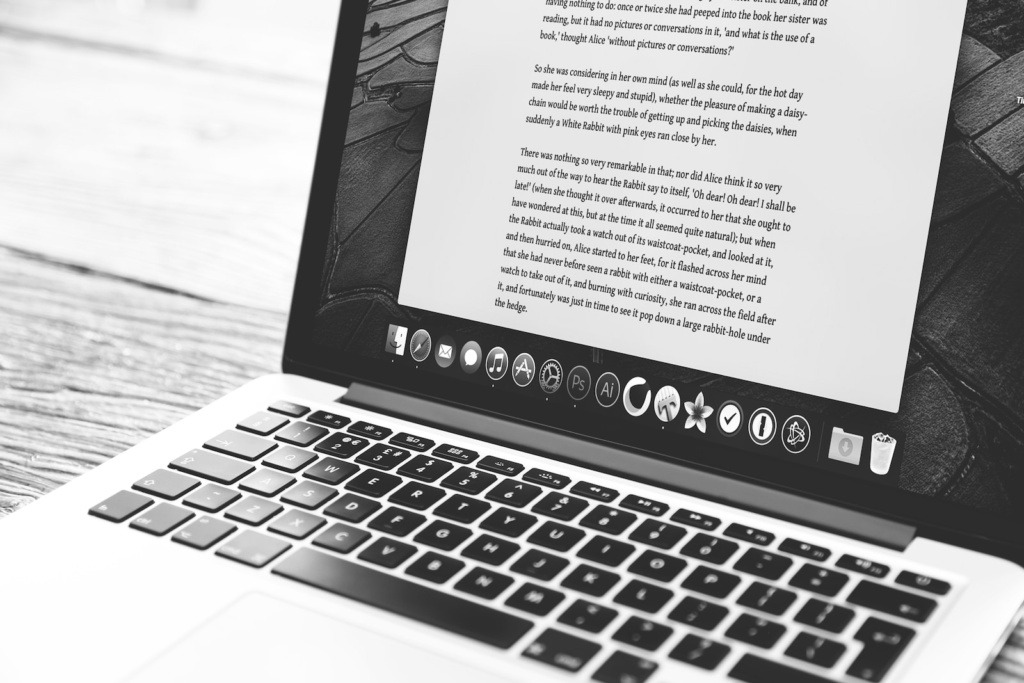Writing a response/reaction paper allows you to express your thoughts, opinions, and analysis of a particular piece of literature, film, or any other form of media. It provides an opportunity to critically engage with the content and share your perspective. In this blog post, we will guide you through the process of writing a response/reaction paper, helping you develop a well-structured and thoughtful piece of writing.
Step 1: Understand the Purpose

Before diving into the writing process, it is essential to understand the purpose of a response/reaction paper. The goal is to articulate your personal reaction, thoughts, and analysis in response to the material you have encountered. This paper requires a balance of personal reflection and the integration of relevant concepts or theories discussed in class or relevant to the topic.
Step 2: Read, Watch, or Observe

To write an informed response/reaction paper, thoroughly engage with the material. Whether it’s a book, article, film, or any other form of media, give it your undivided attention. Take notes, highlight key points, and pay close attention to the emotions, thoughts, and questions that arise during your experience.
Step 3: Identify the Main Themes and Arguments

After experiencing the material, identify the main themes, arguments, or central ideas it presents. Reflect on how these concepts connect with your own beliefs, knowledge, and experiences. Take note of the specific aspects that stood out to you, such as the writing style, character development, or the effectiveness of the message being conveyed.
Step 4: Organize Your Thoughts

Before you start writing, organize your thoughts and create an outline for your response/reaction paper. This will help you maintain a clear and logical flow throughout your writing. Divide your paper into sections, such as an introduction, main body paragraphs, and a conclusion. Consider using headings to address different aspects of your response or to discuss various themes or arguments.

Begin your response/reaction paper with an engaging introduction that provides context and captures the reader’s attention. Clearly state the title, author, or creator of the material you are responding to. Briefly summarize the content and present your thesis statement, which should convey your overall reaction and the main points you will discuss in your paper.
Step 6: Develop the Body Paragraphs

In the body paragraphs, expand on your main points and provide supporting evidence or examples. Each paragraph should focus on a single idea or theme, and you should use transitions to ensure a smooth flow between paragraphs. Incorporate quotes, references, or specific scenes from the material to strengthen your arguments and illustrate your reactions effectively.
Step 7: Reflect and Analyze

In addition to sharing your immediate reactions, take the time to reflect on the underlying reasons for your response. Analyze why certain aspects of the material affected you the way they did. Consider integrating relevant theories, concepts, or evidence from external sources to support your analysis and provide additional depth to your response.
Step 8: Conclude with a Strong Summary

In your conclusion, summarize your main points and restate your overall reaction to the material. Avoid introducing new ideas at this stage. Emphasize the significance of your response and highlight any insights or lessons you gained from engaging with the content. End your paper with a thought-provoking statement or a call-to-action to encourage further exploration or discussion.
Writing a response/reaction paper is a valuable skill that allows you to engage critically with various forms of media and express your unique perspective. By following this step-by-step guide, you can confidently approach the task and create a well-crafted and insightful piece of writing. Remember to give yourself ample time to read, reflect, and refine your thoughts throughout the process.
So, the next time you encounter a thought-provoking book, film, or any other material, embrace the opportunity to write a response/reaction paper. By sharing your personal insights and analysis, you contribute to the ongoing conversation surrounding the work and deepen your understanding of its impact. Happy writing!
